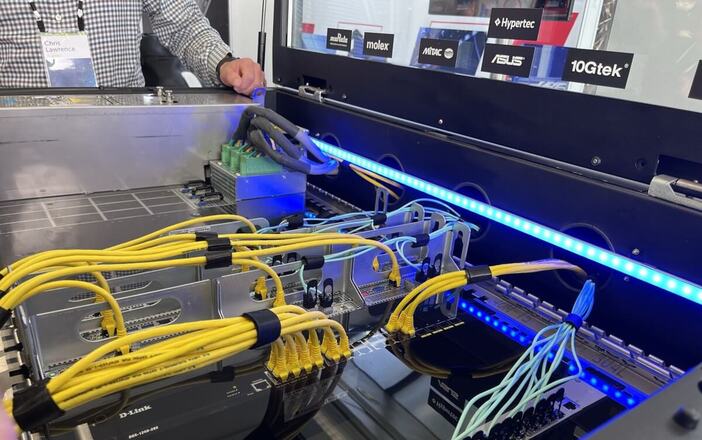
A new survey reveals that more than 80% of IT Asset Management (ITAM) and Software Asset Management (SAM) professionals are turning away from Oracle Java, driven largely by rising costs, audit risks, and growing frustration with the vendor’s complex and evolving licensing structure.
The findings come from the 2025 ITAM & SAM Survey, jointly conducted by the ITAM Forum – a non-profit membership association representing ITAM professionals – and Azul, a provider of open-source Java runtime solutions. The survey analyzed responses from 500 IT professionals responsible for Java usage and compliance within their organizations, painting a clear picture of industry-wide dissatisfaction with Oracle’s recent licensing policies.
A key source of frustration stems from Oracle’s shift in January 2023 to a new pricing model known as the Java SE Universal Subscription. This model introduced a per-employee pricing structure, replacing the previous per-device or per-processor model. Under the new policy, organizations must pay licensing fees for every employee – regardless of whether they use Java – if their Java usage exceeds Oracle’s free-use thresholds. This change has had significant operational and financial implications for companies using Oracle Java at scale.
The survey found that 96% of ITAM and SAM professionals expressed concern over Oracle’s licensing and pricing practices. Many respondents reported undergoing Oracle audits and said the new pricing model has forced them to invest in tracking tools, monitoring systems, and internal audit processes just to ensure they remain compliant—or to facilitate a complete migration away from Oracle Java.
As a result, 79% of businesses have either already moved away from Oracle Java, are in the process of doing so, or plan to transition in the near future. Cost savings, simpler compliance, and security were cited as the leading motivations behind these moves. Among those who had completed migrations, 57% ranked security and reliability as their top concerns, while 51% of those planning to migrate cited it as their primary reason, followed by cost reduction (42%) and easier compliance (40%).
ITAM Market Growth
Open-source Java alternatives would appear to offer a compelling path forward. Two-thirds of survey participants estimated they could save at least 40% by switching away from Oracle. Only 1% of respondents believed migrating would result in no cost savings.
The mass shift away from Oracle Java also reflects broader trends in the ITAM and SAM industries. According to the report, the ITAM market has grown at a compound annual growth rate (CAGR) of 6.9% – from $1.15 billion in 2019 to $1.49 billion in 2023. The SAM segment, in particular, is expected to grow even faster, at a projected CAGR of 16% through 2029. Contributing factors include the rising costs of software – now accounting for nearly 30% of IT budgets – along with increased software virtualization, cloud adoption, and heightened regulatory scrutiny.
Martin Thompson, founder of the ITAM Forum, noted the strategic importance of SAM and ITAM professionals in navigating increasingly opaque licensing frameworks. “The results highlight a fundamental mismatch between the complexity of modern software licensing and the resources organizations rely on to effectively manage software compliance,” he said. “As licensing missteps can lead to serious financial penalties and operational disruptions, these professionals require proper tools, processes, and executive backing to manage compliance effectively.”





